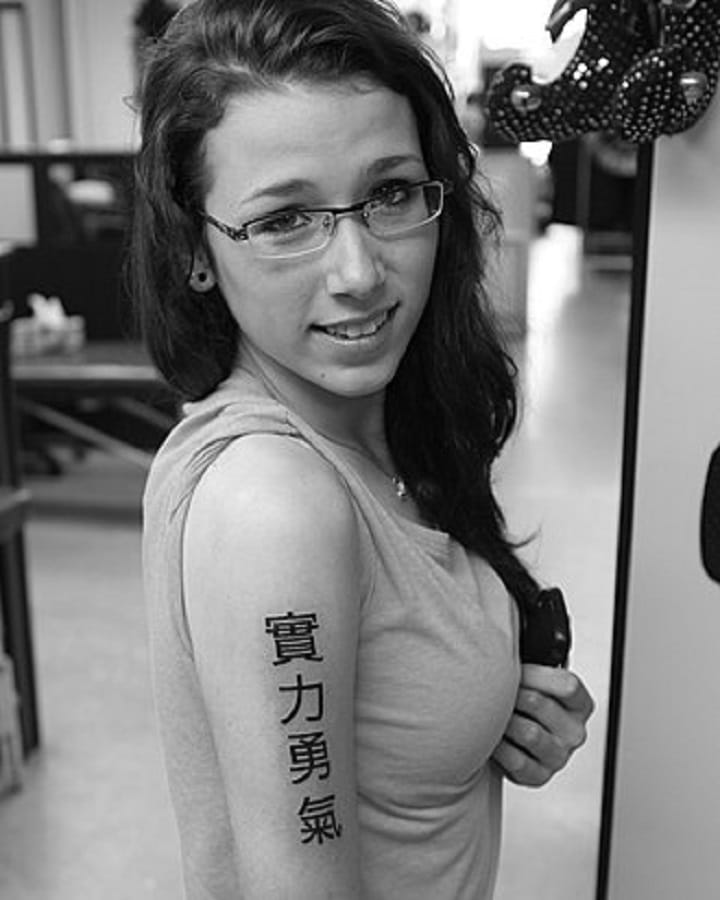
Image Credit – Hema
The heartbreaking story of Rehtaeh Parsons shocked the world and brought global attention to the devastating impacts of cyberbullying, sexual assault, and social stigma. A bright, young Canadian teenager, Rehtaeh became a symbol of how society’s silence, victim-blaming, and digital harassment can push vulnerable individuals to the edge. Her story is not only about tragedy but also about awareness—reminding us of the urgent need for compassion, responsible online behavior, and support systems for those in pain. In understanding her struggles, we can also explore the “chameleon effect”—the way individuals, especially teenagers, adapt their behavior to social environments, often at the cost of their mental well-being.
Suicide of Rehtaeh Parsons

Who Was Rehtaeh Parsons?
Rehtaeh Parsons was a 17-year-old from Nova Scotia, Canada. In 2011, her life took a tragic turn when she was allegedly sexually assaulted by four teenage boys at a party. To make matters worse, a photo of the assault circulated among her peers, leading to relentless bullying, harassment, and judgment. Instead of receiving the support she desperately needed, Rehtaeh was labeled, shamed, and socially isolated. The pressure became unbearable, and in April 2013, she attempted suicide. A few days later, she passed away, leaving behind a grieving family and a community forced to confront the dark realities of cyberbullying and sexual violence.
The Impact of Cyberbullying
Rehtaeh’s story highlighted how online spaces can amplify trauma. The circulation of explicit images turned into a weapon of humiliation. Cyberbullying differs from traditional bullying because it follows victims everywhere—they cannot escape the judgment, ridicule, and cruelty. For Rehtaeh, social media became a tool of destruction rather than connection. Instead of support, she faced character assassination, gossip, and victim-blaming. Her case revealed how urgent it is for society, parents, schools, and lawmakers to address the toxic culture of online harassment.
Understanding the Chameleon Effect
The “chameleon effect” is a psychological phenomenon where people unconsciously imitate the behaviors, attitudes, and social cues of others around them. While this can help with social bonding, it can also be harmful when the environment is toxic or unsupportive. Teenagers, who are still forming their identities, are especially vulnerable.
In Rehtaeh’s situation, the chameleon effect played a role in how her peers responded. Instead of questioning the injustice she suffered, many students conformed to group behavior—laughing at her, spreading rumors, and distancing themselves to “fit in.” The pressure to belong outweighed empathy. Sadly, this lack of compassion contributed to her isolation.
Society’s Role in Victim-Blaming
One of the most painful aspects of Rehtaeh’s story is the victim-blaming she endured. Instead of condemning the perpetrators, society questioned her choices—why she went to the party, what she wore, or how she behaved. This kind of blame shifts responsibility from the offenders to the victim, creating an environment where survivors feel ashamed and silenced.
The chameleon effect also applies here: peers adopted the attitudes of authority figures and popular groups, reinforcing stigma instead of support. This shows how cultural norms can be just as damaging as individual actions.
Lessons from Rehtaeh’s Story
The tragedy of Rehtaeh Parsons offers powerful lessons for all of us:
- Empathy over judgment – Every survivor deserves compassion, not ridicule.
- Digital responsibility – Sharing or mocking private images is not harmless; it destroys lives.
- Breaking conformity – The chameleon effect shows us the danger of blindly following social cues. Choosing kindness, even when it goes against the crowd, can save lives.
- Stronger support systems – Schools, families, and communities need better resources for victims of assault and bullying.
- Policy change – Rehtaeh’s case sparked conversations in Canada about cyberbullying laws and digital consent. These changes must continue worldwide.
The suicide of Rehtaeh Parsons remains one of the most haunting reminders of the cost of silence, bullying, and victim-blaming. Her story intersects with the chameleon effect, showing how individuals often conform to harmful social behavior rather than standing up for what’s right. By learning from her experience, we have the chance to build a more compassionate world—one where survivors are supported, not shamed, and where kindness outweighs cruelty.
Rehtaeh’s legacy is more than her tragedy; it is a call for courage, empathy, and change. Let us remember her by refusing to stay silent and by choosing compassion over conformity.
Frequently Asked Questions
What happened to Rehtaeh Parsons?
Rehtaeh Parsons was a 17-year-old Canadian teenager who tragically died by suicide in 2013 after being sexually assaulted and relentlessly cyberbullied. Her case highlighted the dangers of online harassment and victim-blaming.
What is the chameleon effect and how does it relate to Rehtaeh’s story?
The chameleon effect refers to people unconsciously imitating others to fit in socially. In Rehtaeh’s case, many peers conformed to harmful group behaviors like shaming her, instead of offering empathy and support.
What lessons can we learn from Rehtaeh Parsons’?
Her story teaches us the importance of empathy, digital responsibility, and breaking harmful social conformity. It reminds society to support survivors, challenge victim-blaming, and build stronger protections against cyberbullying.







![Best budget UVB for chameleon beginners in [year] image](https://mychameleononline.com/wp-content/uploads/2025/07/image-14-150x150.png)